
How to Use JQ6500: Examples, Pinouts, and Specs
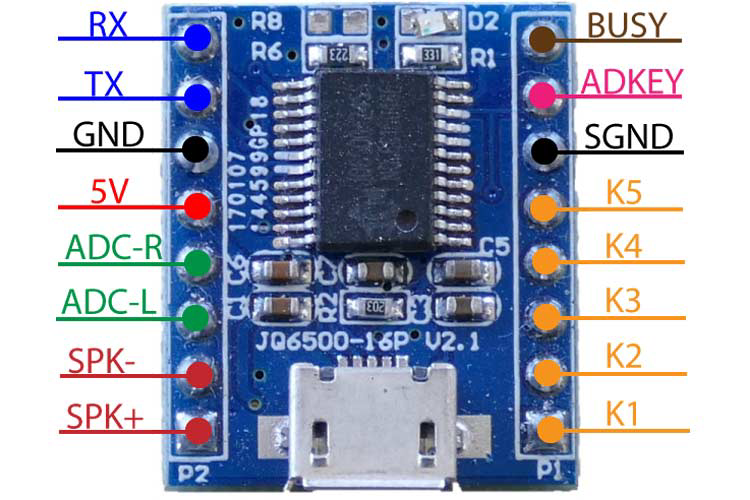
 Design with JQ6500 in Cirkit Designer
Design with JQ6500 in Cirkit DesignerIntroduction
The JQ6500 is a versatile and high-quality audio playback module designed for embedded audio applications. It supports popular audio formats such as WAV and MP3, making it suitable for a wide range of projects requiring sound playback. The module features a built-in amplifier, a microSD card slot for audio file storage, and multiple control interfaces, including UART and GPIO. Its compact size and ease of use make it a popular choice for DIY electronics, IoT devices, and interactive systems.
Explore Projects Built with JQ6500
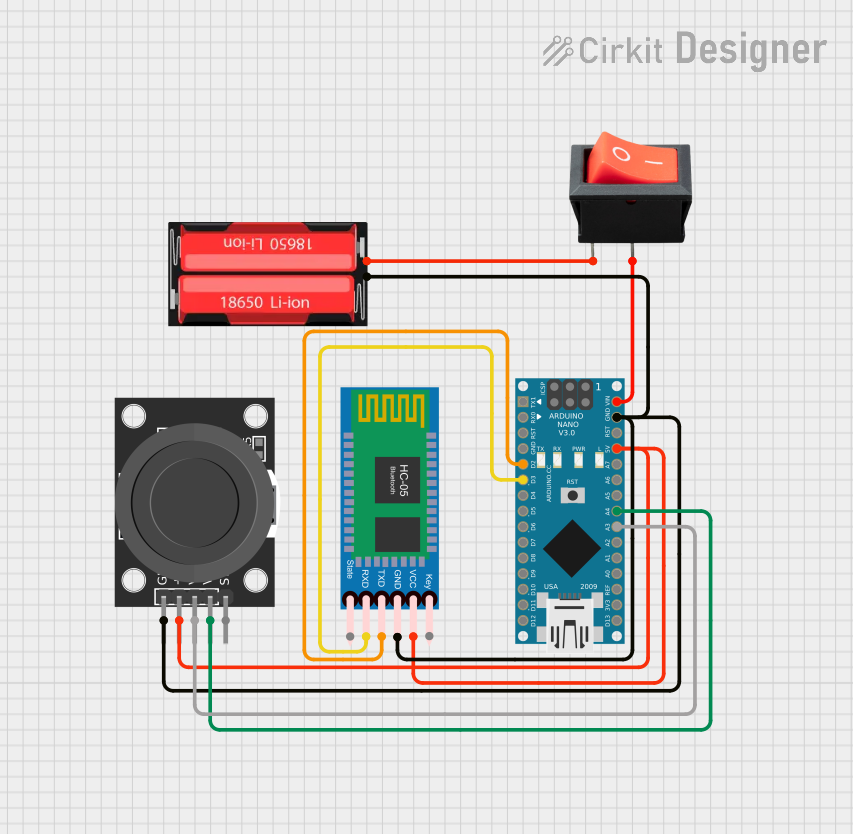
 Open Project in Cirkit Designer
Open Project in Cirkit Designer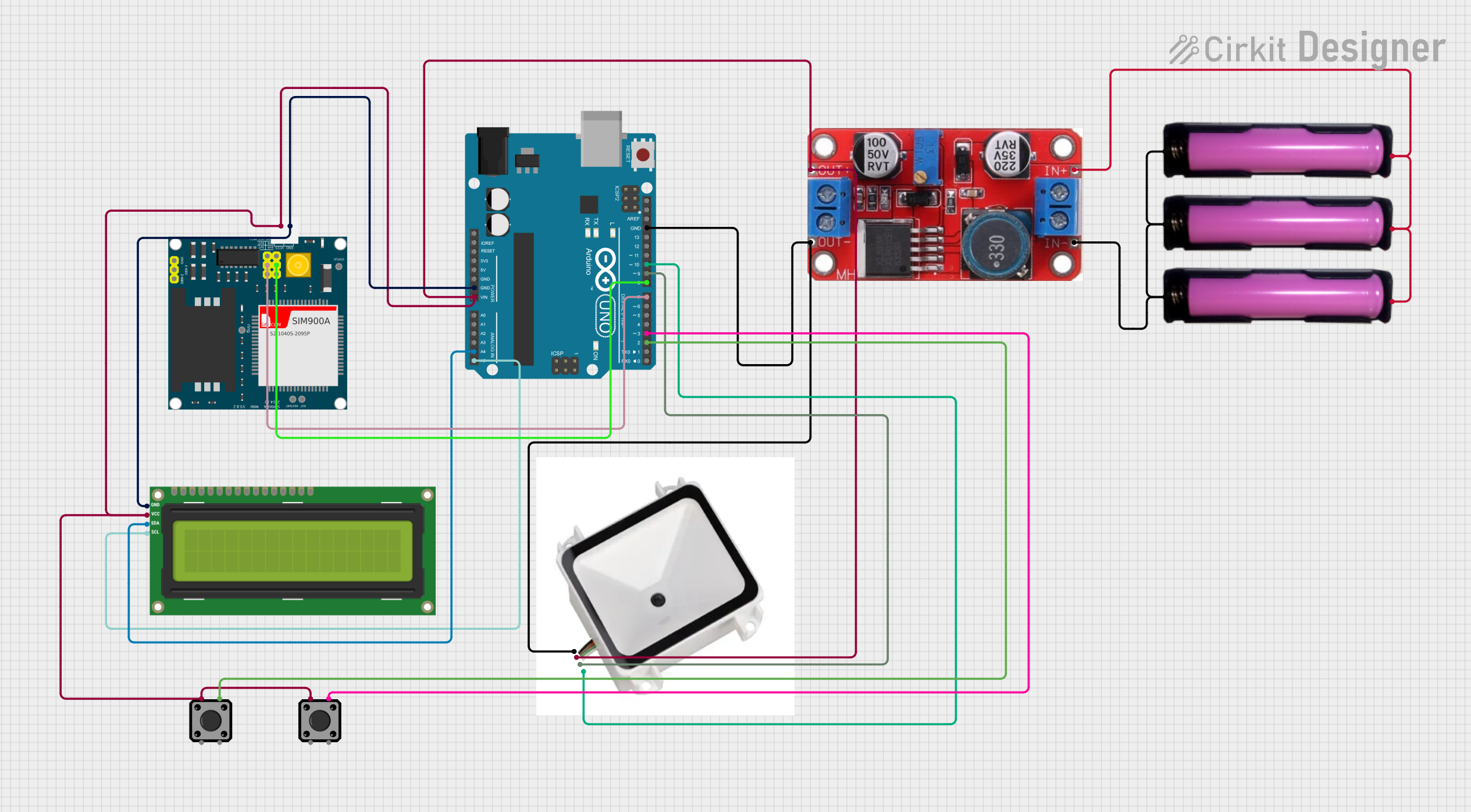
 Open Project in Cirkit Designer
Open Project in Cirkit Designer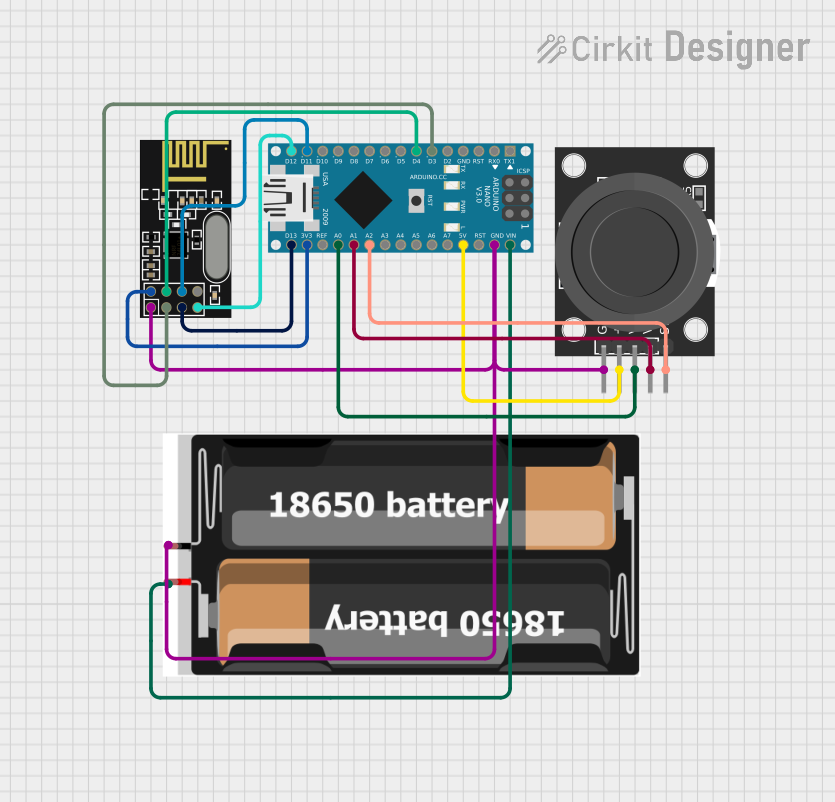
 Open Project in Cirkit Designer
Open Project in Cirkit Designer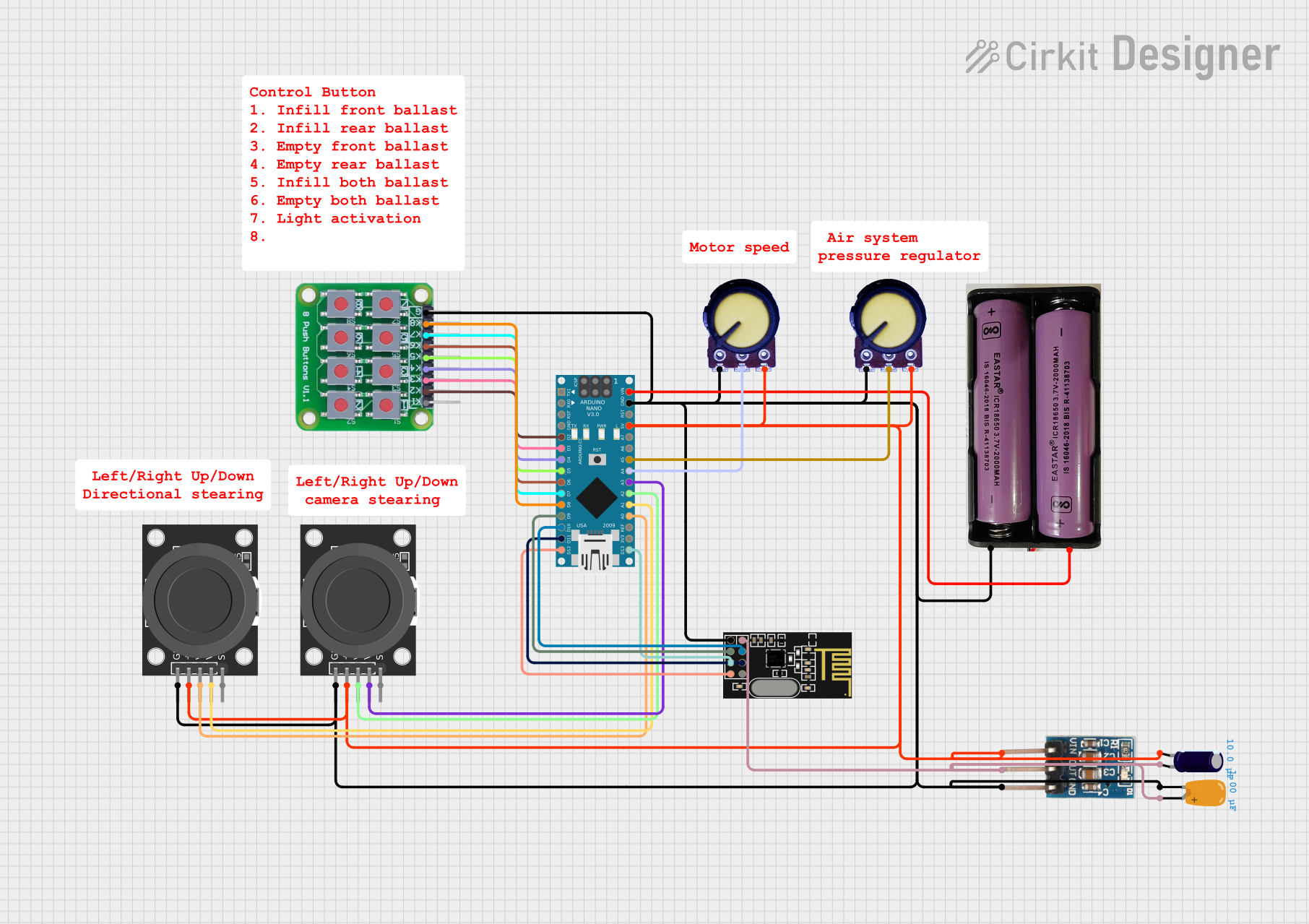
 Open Project in Cirkit Designer
Open Project in Cirkit DesignerExplore Projects Built with JQ6500

 Open Project in Cirkit Designer
Open Project in Cirkit Designer
 Open Project in Cirkit Designer
Open Project in Cirkit Designer
 Open Project in Cirkit Designer
Open Project in Cirkit Designer
 Open Project in Cirkit Designer
Open Project in Cirkit DesignerCommon Applications
- Voice prompts and sound effects in embedded systems
- Interactive kiosks and vending machines
- IoT devices with audio feedback
- Educational and DIY electronics projects
- Alarm systems with custom audio alerts
Technical Specifications
Below are the key technical details of the JQ6500 module:
| Parameter | Value |
|---|---|
| Supply Voltage | 3.3V to 5.0V |
| Current Consumption | 20mA (idle), up to 200mA (active) |
| Audio Formats Supported | MP3, WAV |
| Storage | MicroSD card (up to 32GB) |
| Control Interfaces | UART, GPIO |
| Built-in Amplifier | Yes (3W mono output) |
| Audio Output | Speaker (via amplifier) or AUX |
| Operating Temperature | -40°C to 85°C |
| Dimensions | 20mm x 20mm x 8mm |
Pin Configuration and Descriptions
The JQ6500 module has a simple pinout for easy integration into circuits. Below is the pin configuration:
| Pin | Name | Description |
|---|---|---|
| 1 | VCC | Power supply input (3.3V to 5.0V). |
| 2 | GND | Ground connection. |
| 3 | TX | UART transmit pin (used for communication with a microcontroller). |
| 4 | RX | UART receive pin (used for communication with a microcontroller). |
| 5 | SPK+ | Positive terminal for speaker output (amplified audio). |
| 6 | SPK- | Negative terminal for speaker output (amplified audio). |
| 7 | IO1 | GPIO pin 1 (can trigger specific audio files when configured). |
| 8 | IO2 | GPIO pin 2 (can trigger specific audio files when configured). |
Usage Instructions
How to Use the JQ6500 in a Circuit
- Power Supply: Connect the VCC pin to a 3.3V or 5.0V power source and the GND pin to ground.
- Audio Output:
- For amplified audio, connect a speaker to the SPK+ and SPK- pins.
- For line-level audio, use the AUX output (if available on your module variant).
- Control Interface:
- Use the UART interface (TX and RX pins) to control the module via a microcontroller like an Arduino.
- Alternatively, use the GPIO pins (IO1 and IO2) to trigger specific audio files directly.
- Audio Files:
- Format a microSD card (FAT32 format) and load audio files onto it.
- Ensure the files are named appropriately (e.g.,
0001.mp3,0002.mp3) for easy triggering.
Important Considerations and Best Practices
- Power Supply: Use a stable power source to avoid noise or distortion in audio playback.
- Speaker Selection: Use a speaker with a power rating of at least 3W to match the built-in amplifier.
- File Naming: Follow the module's file naming conventions to ensure proper playback.
- UART Communication: Use a logic level converter if your microcontroller operates at 3.3V and the module is powered at 5V.
Example: Using JQ6500 with Arduino UNO
Below is an example of how to control the JQ6500 module using an Arduino UNO via UART:
#include <SoftwareSerial.h>
// Define RX and TX pins for communication with JQ6500
SoftwareSerial JQ6500(10, 11); // RX = Pin 10, TX = Pin 11
void setup() {
Serial.begin(9600); // Initialize Serial Monitor
JQ6500.begin(9600); // Initialize JQ6500 communication
delay(1000); // Allow the module to initialize
// Play the first audio file (0001.mp3)
JQ6500.write(0x7E); // Start byte
JQ6500.write(0x03); // Command length
JQ6500.write(0x01); // Play command
JQ6500.write(0x01); // File number (0001.mp3)
JQ6500.write(0xEF); // End byte
}
void loop() {
// Add your logic here to trigger audio playback
}
Notes on the Code
- The
SoftwareSeriallibrary is used to communicate with the JQ6500 module. - The command structure follows the JQ6500 protocol, where each command starts with
0x7Eand ends with0xEF.
Troubleshooting and FAQs
Common Issues and Solutions
No Audio Output:
- Ensure the speaker is properly connected to the SPK+ and SPK- pins.
- Verify that the microSD card is formatted correctly and contains valid audio files.
Distorted Audio:
- Check the power supply for stability and ensure it meets the voltage requirements.
- Use a speaker with the correct impedance and power rating.
Module Not Responding to UART Commands:
- Verify the baud rate (default is 9600) and ensure proper connections to the TX and RX pins.
- Check for loose or incorrect wiring.
Audio File Not Playing:
- Ensure the file is named correctly (e.g.,
0001.mp3) and stored in the root directory of the microSD card. - Confirm that the file format is supported (MP3 or WAV).
- Ensure the file is named correctly (e.g.,
FAQs
Q: Can the JQ6500 play audio without a microcontroller?
A: Yes, the module can play audio files directly using the GPIO pins (IO1 and IO2) to trigger specific files.
Q: What is the maximum storage capacity supported?
A: The JQ6500 supports microSD cards up to 32GB formatted in FAT32.
Q: Can I use the JQ6500 with a 3.3V microcontroller?
A: Yes, the module is compatible with 3.3V logic levels, but ensure the power supply voltage is within the specified range.
Q: How do I adjust the volume?
A: Volume can be adjusted via UART commands or by using external circuitry if supported by your module variant.